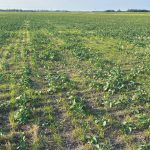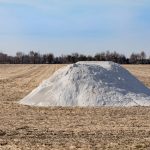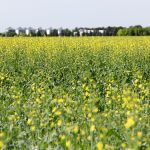
Farm gets aggressive on wall-to-wall resistant wild oats
Agronomist says managing herbicide-resistant weeds is like starting a fitness routine: make a plan, set goals, stick with it

FEED ME: Can well-fed plants fend off diseases and insects?
We examine an Idaho farmer’s program for crop self-defence

Steps to stop blackleg in canola
Agronomists and canola growers have many proven steps to manage blackleg disease in canola. Genetic resistance has been an extremely effective tool, and will remain so — as long as that resistance matches the blackleg races in a field

It may be time for lime on acid soils
Liming may be an expensive option — but it’s the only proven method to raise soil pH

A crash course on verticillium stripe
It’s important to know how to identify this newcomer to western Canadian canola crops and distinguish it from other diseases

Flea beetles: how to improve spray results
Five important tips when applying foliar insecticides

Deliver every canola seed at No. 1 grade
This Canola Council of Canada quiz can help you reach that goal

Put a stop to canola yield robbers
This Canola Council of Canada quiz can help

Canola plant establishment quiz
Find out how much you know with this CCC quiz

How much do you know about canola seed traits?
Take the Canola Council of Canada quiz to find out


